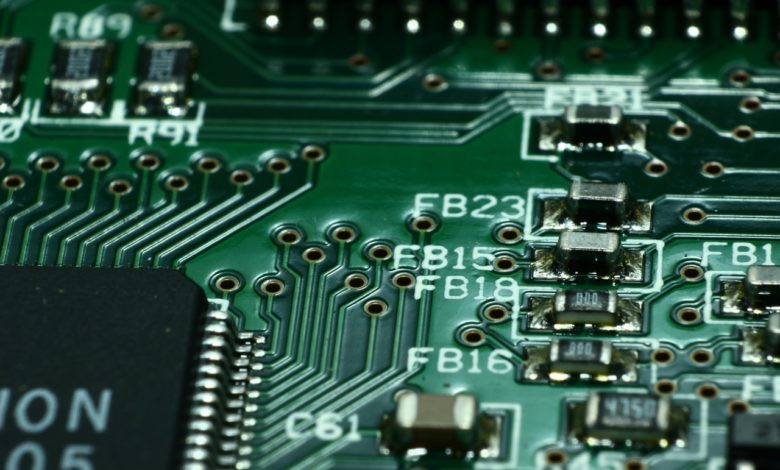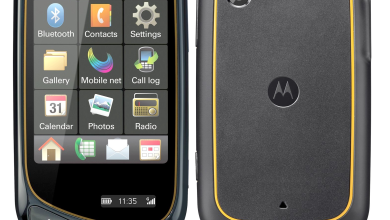5 Types Of Relays For Current Switching In Electronic Devices

Modern tech enthusiasts are constantly looking for the best relay options for safe, reliable current switching. Relays act as a switch that controls the power movement between circuits. They serve as the connection between circuits to conduct the switching for electronic devices to activate machines. We rely on relays to activate equipment like household appliances, motor vehicles, and the cell phones we use each day. Understanding the different types of relays helps you decide on the best option for your power supply. If you are interested in employing a relay for current switching, there are five different types of relays to consider.
Time Delay Relays
Time Delay Relays are one relay option for current switching. Time delay relays are triggered by either the application of voltage or the opening and closing of a trigger signal. They are often used to minimize the amount of energy used to start large industrial machines. Using time delay relays is a good choice if you want to switch lights or machines on and off at certain designated times. When designing a circuit using a time delay relay, consider factors like what initiates the relay, when its timing starts, and when the output relay is energized. Using time delay relays is one option for current switching.
Solid State Relays
Another option for current switching is to use a solid state relay. Solid state electronics are electrical components based entirely on the semiconductor. A solid state relay uses these components to perform switching operations without any moving parts. For these relays to operate, the energy required is much lower than the output power, resulting in higher power gains. For electronics beginners, these components are a reliable relay option as there is a low risk of error because moving parts are not a factor. Solid state relays offer another current switching.
Poles & Throw Relays
Use poles and throw relays for your current switching needs. The number of switches inside a relay is called the poles and the number of circuits per pole is called the throw of a relay. Poles and Throw relays are classified by the relative number of poles and throw in each varying system. There are many different types of poles and throw relays including SPST (single pole single throw) relays, SPDT (single pole double throw) relays, and DPST (double pole single throw) relays. Poles and Throw relays allow for flexibility in terms of circuit control, as multiple poles systems allow for the dual opening of one circuit and closing of another during switching. If you are working with multiple circuits at ones, consider a poles and throw relay.
Hybrid Relay
Hybrid relays are another option for your current switching needs. Hybrid relays are made using both Solid State (SSR) and ElectroMechanical (EMR) relays. This means that they use both a semiconductor and moving parts for switching operations. This allows both processes to overcome their disadvantages and work together as a more productive whole. Hybrid relays marry the low voltage drop of an SSR with the reliability of an EMR device. These relays have longer life spans than SSR or EMR relays alone while still offering a compact size. Another option for current switching is to use a hybrid relay that combines SSR and EMR components.
Electrothermal Relays
You can also use an Electrothermal relay as a current switch. An Electrothermal relay is a strip composed of two metals that have different thermal expansion coefficients. When the current flow produces heat, one of these metals expands more than the other, bends, and closes the contacts to activate the circuit. These types of relays are used for electric motor protection, household thermostats and other heat sensitive devices. It is a vibration resistant device that utilizes heat to open and close contacts with great speed. An Electrothermal relay is another option to consider for your current switching needs.
Tech enthusiasts looking for the best relays for reliable circuit switching have many available options to consider. Time delay relays use a trigger system for the opening and closing of currents. Solid State relays utilize semiconductors to operate circuit switches without any moving parts. Poles and throw relays involve a varying number of activating circuits depending on the number of processes you want to achieve. Hybrid relays combine SSR and EMR relay technology for a streamlined system and Electrothermal relays use heat to control the current switching process. If you are looking to control the power movement between circuits using a relay, consider different types of relays outlined above.




